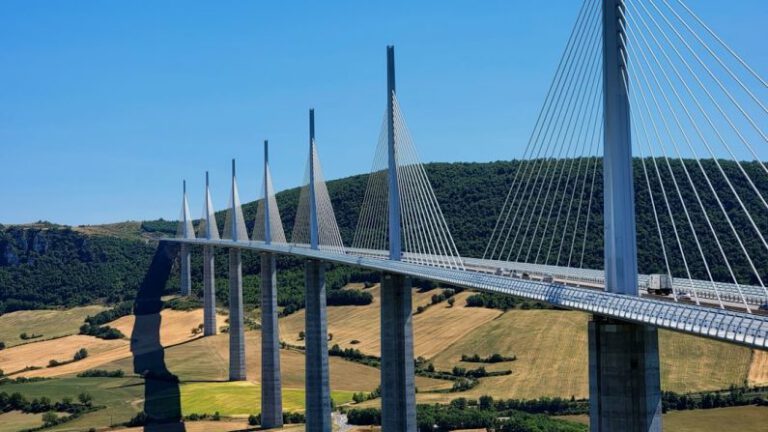How Did the Hoover Dam Become an Engineering Marvel?
**Hoover Dam: An Engineering Marvel**
In the heart of the Black Canyon on the mighty Colorado River stands a testament to human ingenuity and perseverance – the Hoover Dam. This colossal structure, completed in 1936, continues to awe visitors with its sheer size and engineering brilliance. But how did this iconic dam become the engineering marvel that it is today?
**A Visionary Project**
The idea of constructing a dam on the Colorado River was first proposed in the early 20th century as a means to control floods, provide irrigation water, and generate hydroelectric power for the growing Southwest region of the United States. The ambitious project was championed by the Bureau of Reclamation and supported by then-President Herbert Hoover.
**Design and Construction**
The design and construction of the Hoover Dam were no small feat. Engineers faced numerous challenges, including the harsh desert environment, the need to divert the river, and the sheer scale of the structure. The dam stands at a towering 726 feet high and spans over 1,200 feet across the canyon. To build such a massive structure, engineers had to develop innovative construction techniques and employ thousands of workers.
**Innovative Construction Techniques**
One of the key innovations that made the construction of the Hoover Dam possible was the use of an innovative construction method known as “high-scaling.” This technique involved workers rappelling down the canyon walls to remove loose rock and prepare the surface for the placement of concrete. Additionally, a system of cableways and overhead cables was used to transport materials and equipment across the canyon, allowing for efficient construction of the dam.
**Concrete Pouring**
The Hoover Dam is made primarily of concrete, a material that was poured continuously to form the structure. To ensure the structural integrity of the dam, engineers developed a unique cooling system that involved circulating ice water through pipes embedded in the concrete. This prevented the concrete from cracking and helped speed up the curing process, allowing for faster construction progress.
**Hydroelectric Power Generation**
One of the main purposes of the Hoover Dam is to generate hydroelectric power. The dam’s powerhouse contains 17 hydroelectric generators, which produce electricity by harnessing the power of the flowing water. The electricity generated by the dam helps power cities in the Southwest and provides clean, renewable energy to millions of people.
**Tourism and Legacy**
In addition to its practical functions, the Hoover Dam has become a major tourist attraction and a symbol of American engineering prowess. Millions of visitors flock to the dam each year to marvel at its sheer size and learn about its history. The dam’s legacy continues to inspire future generations of engineers and serves as a reminder of what can be achieved through determination and innovation.
**In Summary**
The Hoover Dam stands as a testament to the power of human determination and ingenuity. From its visionary conception to its innovative construction techniques, the dam represents a monumental achievement in engineering history. As we look to the future, the Hoover Dam serves as a reminder of what can be accomplished when we dream big and work together to overcome challenges.






